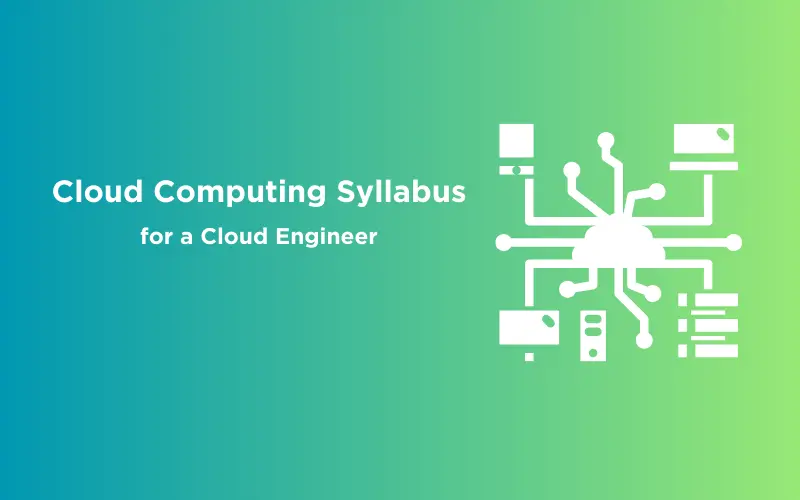
Cloud Computing Syllabus for a Cloud Engineer
Nov 27, 2024 5 Min Read 5488 Views
(Last Updated)
Cloud computing is indeed the present and future of the IT industry. According to recent reports by various surveys, it has been ranking among the top 5 trending technologies for 5-10 years. So, when this career has a promising future, everyone would definitely like to try their hands on it.
Also, it pays you very well, so I’m pretty sure you would be interested to know what topics lie under cloud computing and what is the cloud computing syllabus. Are you in search of a blog that explains the topics you need to cover?
Worry Not, You’ve come to the right place. In this blog, you’ll be reading about the cloud computing syllabus which will help you to build a career in cloud computing. The topics covered in this blog are a must-read and you should be very well aware of the topics if you want to become one. Let’s get ready to explore what’s there in cloud computing:
Table of contents
- What is Cloud Computing?
- Cloud Computing Syllabus For a Cloud Engineer
- Introduction to Cloud Computing
- Cloud Service Models
- Deployment Models
- Cloud Service Providers
- Virtualization and Containerization
- Cloud Infrastructure
- Cloud Security
- DevOps Practices in the Cloud
- Data Management in the Cloud
- Case Studies
- How to Become a Cloud Engineer?
- Conclusion
- FAQs
- What are the subjects of cloud computing?
- Is cloud engineering hard or easy?
- Can I learn cloud computing in 1 month?
What is Cloud Computing?
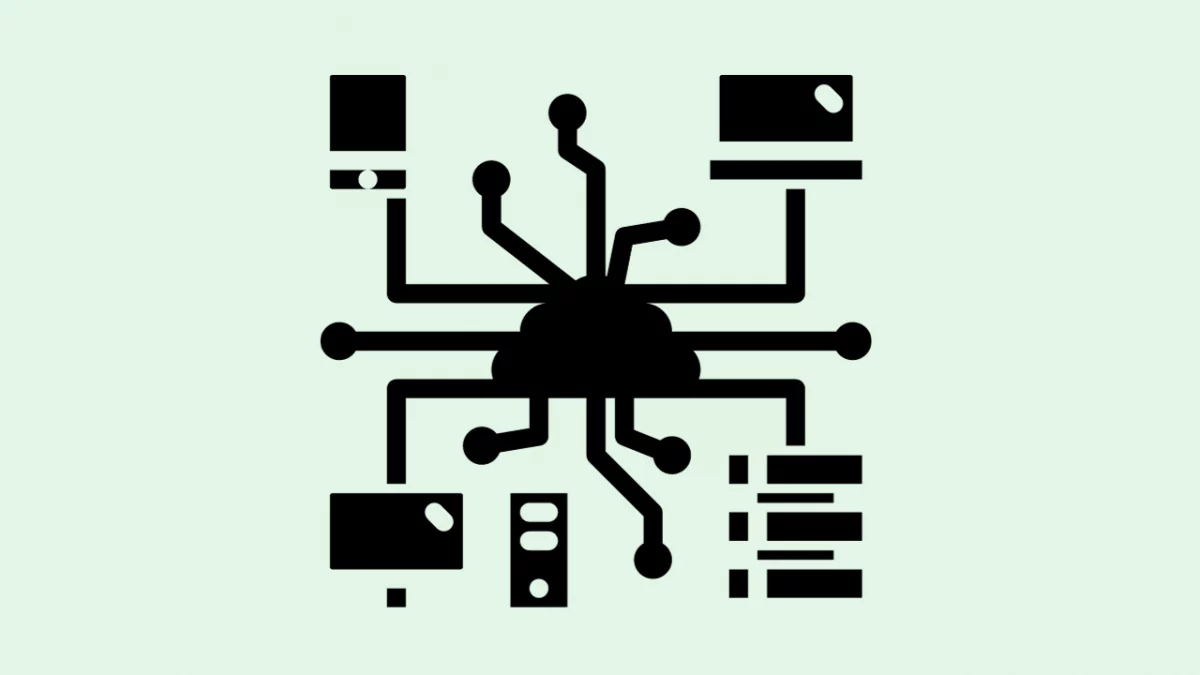
In a state, where companies used to buy servers to store large amounts of data and spend a lot for its maintenance, cloud computing is the solution for the IT industry where you just need to buy for the time period you buy and space.
Before we move to the next part, you should have a deeper knowledge of cloud computing concepts. You can consider enrolling yourself in GUVI’s Cloud Computing Course, which lets you gain practical experience by developing real-world projects and covers technologies including Azure Command-Line Interface (CLI), Azure Monitor, Azure Resource Manager (ARM) Templates, and tools like Visual Studio Code, among many others. Now, let’s proceed further.
Cloud computing is a branch of computer science that is the on-demand solution for the storage and retrieval of data. It covers the management, storage, and processing of data on networks of the internet server. It provides a modern, efficient method of access to computing resources to organizations/companies of all sizes.
It is the delivery of computing services – including servers, storage, database, networking, and software, over the internet to offer faster innovation, flexible resources, and economies of scale. According to various stats, the demand for cloud computing is expected to expand by 30% over the next few years.
Hence, you must definitely get into this exciting field and earn huge pay. The major prerequisites you need to have before starting your career, are computer science, networking, and operating systems.
Cloud Computing Syllabus For a Cloud Engineer
Here’s a detailed cloud computing syllabus you need to cover to get into a cloud computing career:
Introduction to Cloud Computing
You already about cloud computing in the upper section, there are various other factors that come along with cloud computing which are service models, deployment models, and providers. Let’s read about them one by one:
Cloud Service Models
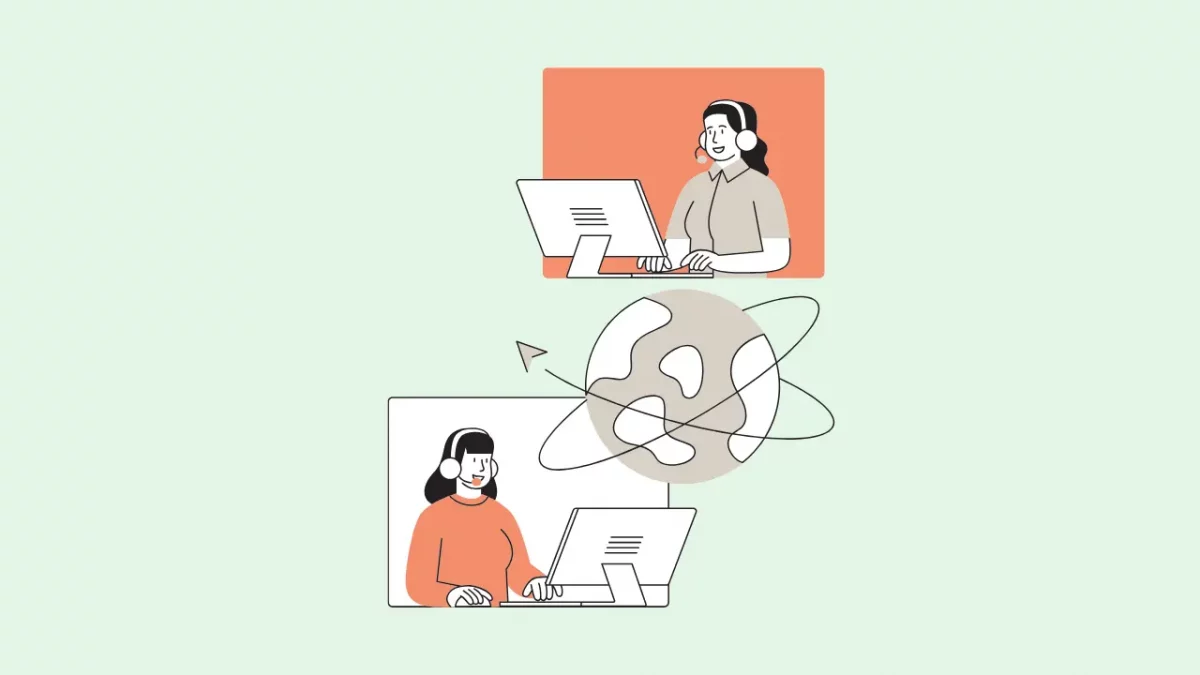
A cloud service model, also known as a cloud computing service model, refers to a standardized way of providing cloud computing services over the Internet. These models define the scope of services offered by cloud providers and the level of control and responsibility shared between the provider and the cloud service user. There are three primary cloud service models:
- Infrastructure as a Service (IaaS)
- Platform as a Service (PaaS)
- Software as a Service (SaaS)
Deployment Models
A cloud deployment model refers to the specific arrangement or configuration of cloud computing resources and infrastructure. It defines how and where these resources are physically located, managed, and made available to users. Different deployment models are designed to address various requirements related to data security, scalability, control, and cost. There are four primary cloud deployment models:
- Public Cloud
- Private Cloud
- Hybrid Cloud
- Community Cloud
Cloud Service Providers
Cloud service providers (CSPs), also known as cloud providers or cloud computing providers, are companies or organizations that offer a range of cloud computing services and resources to individuals, businesses, and other organizations over the Internet. These services include computing power, storage, databases, networking, software, and various tools and solutions needed to run applications and manage data in the cloud. Some of the top cloud service providers are:
- Amazon Web Services (AWS)
- Microsoft Azure
- Google Cloud Platform (GCP)
- IBM Cloud
- Oracle Cloud
- Alibaba Cloud
- Salesforce
- Heroku
Virtualization and Containerization
In cloud computing, virtualization plays a fundamental role in abstracting and efficiently managing the underlying hardware resources to provide scalable, flexible, and cost-effective cloud services. It involves creating multiple virtual instances of physical resources, such as servers, storage, and networking, which can be allocated and managed independently to support various workloads and services.
Containerization in cloud computing is a technology and architectural approach that allows applications and their dependencies to be packaged together into lightweight, portable, and self-sufficient units called containers. These containers can be easily deployed and run consistently across various computing environments, such as development, testing, staging, and production, whether in the cloud or on-premises.
Key elements of containerization in cloud computing include:
- Containers: Containers are instances of isolated and packaged application code, runtime, libraries, and dependencies. They are designed to run consistently across different environments.
- Container Orchestrators: Container orchestrators are tools or platforms that automate the deployment, scaling, management, and monitoring of containers. The most popular container orchestrators are Kubernetes, Docker Swarm, and Amazon Elastic Kubernetes Service (EKS).
- Docker: Docker is one of the most widely used containerization platforms. It provides tools for building, packaging, and distributing containers. Docker containers are known for their ease of use and portability.
- DevOps and Continuous Integration/Continuous Deployment (CI/CD): Containerization is well-suited for DevOps practices and CI/CD pipelines. Developers can package applications into containers, and CI/CD pipelines can automate testing, deployment, and rollbacks, leading to faster development cycles and reliable deployments.
Cloud Infrastructure
Cloud infrastructure refers to the foundational components and resources provided by cloud service providers to support the deployment, management, and execution of cloud-based services and applications. It includes a variety of hardware and software resources that are abstracted from the user, allowing them to focus on building and running their applications. Some key components of cloud infrastructure include:
- Physical Data Centers
- Virtualization
- Networking Infrastructure
- Storage Infrastructure
- Management Tools
Must Also Read:
- Virtual Machines: Virtual machines in the cloud are virtualized computing instances that mimic the capabilities of physical computers. Cloud users can create and manage VMs based on their computing needs.
- Network fundamentals: Network fundamentals in the cloud involve the configuration and management of networking resources to enable communication between cloud services and users.
- Load Balancing and Auto-Scaling: Load balancing distributes incoming traffic across multiple instances to ensure even resource utilization and minimize downtime. Auto-scaling automatically adjusts the number of instances based on demand.
Cloud Security
Cloud security in cloud computing refers to the practices, technologies, and measures implemented to protect data, applications, and infrastructure in a cloud computing environment. Cloud security is crucial because it addresses the unique challenges and risks associated with storing, processing, and transmitting data and workloads in the cloud.
It encompasses various aspects of security, including data protection, access control, identity management, network security, and compliance.
Here are key elements and considerations of cloud security:
- Data Encryption
- Access Control
- Identity and Access Management (IAM)
- Security Groups and Firewall Rules
- Vulnerability Management
- Security Logging and Monitoring
- Incident Response
- Data Privacy and Compliance
DevOps Practices in the Cloud
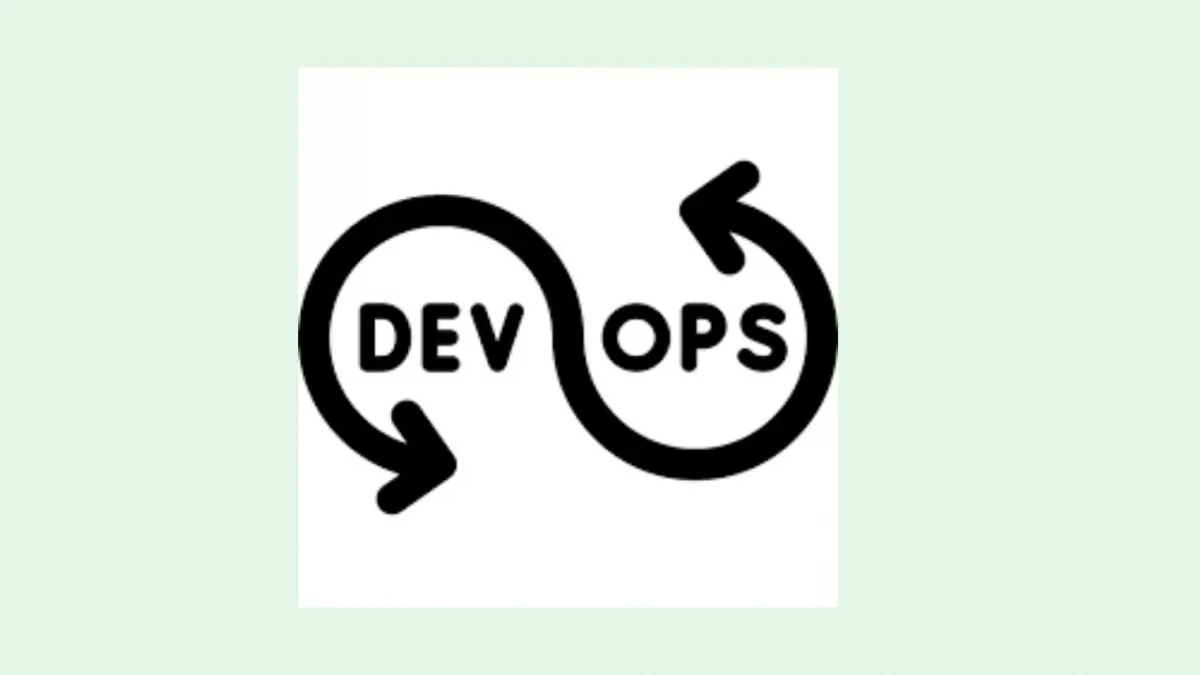
DevOps practices in the cloud involve the application of DevOps principles and methodologies to manage and automate the software development and deployment lifecycle in cloud computing environments. DevOps practices aim to streamline collaboration between development (Dev) and IT operations (Ops) teams, automate repetitive tasks, and accelerate the delivery of software and services in the cloud. Here are some key DevOps practices in the cloud:
- Infrastructure as Code (IaC)
- Microservices Architecture
- Monitoring and Logging
Data Management in the Cloud
Data management in the cloud refers to the strategies, processes, and technologies used to handle and govern data in cloud computing environments. Cloud data management encompasses various aspects of data, including storage, retrieval, security, backup, compliance, and analytics.
Managing data in the cloud involves making informed decisions about where and how data is stored, accessed, protected, and utilized to meet business objectives efficiently and securely. Here are the key components of data management in the cloud:
- Data Storage
- Data Security
- Data Backup and Disaster Recovery
- Data Governance
- Data Integration
- Data Analytics and Processing
- Data Privacy and Compliance
- Data Access and Retrieval
Case Studies
Certainly, here are two case studies in cloud computing to illustrate how organizations leverage cloud technologies to solve real-world challenges and drive innovation:
Case Study 1: Netflix

Challenge: As one of the world’s leading streaming entertainment providers, Netflix faced the challenge of delivering high-quality video content to millions of subscribers worldwide. The demand for streaming video was growing rapidly, and the company needed to ensure seamless playback, even during peak usage times.
Solution: Netflix embraced cloud computing, particularly Amazon Web Services (AWS), to build a highly scalable and resilient streaming platform. They leveraged AWS services such as Amazon EC2 for compute resources, Amazon S3 for storage, and Amazon CloudFront for content delivery. Netflix also developed an open-source tool called “Chaos Monkey,” which randomly shuts down parts of their infrastructure during off-peak hours to test system resilience.
Case Study 2: Airbnb

Challenge: Airbnb, a global online marketplace for lodging and travel experiences, needed a scalable and flexible infrastructure to handle its rapid growth. They needed to provide a seamless experience for both hosts and guests, regardless of the location or time.
Solution: Airbnb adopted a cloud-first strategy and turned to Amazon Web Services (AWS) for its cloud infrastructure needs. They leveraged AWS services like Amazon EC2 for computing, Amazon RDS for databases, and Amazon S3 for storage. This allowed Airbnb to scale its platform dynamically, optimizing resources based on demand. They also embraced containerization and microservices architecture to improve application agility.
How to Become a Cloud Engineer?
To become a cloud engineer, you need to have the skills required and should be thorough in the topics that lie under the cloud computing domain. A graduate degree specialized in cloud computing or related branches would definitely add benefit when added to your resume and increase your chance of getting hired in big MNCs.
Also, it’s very important to stay updated with the cloud computing trends to be aware and walk with the trend. Go through some of the best websites that teach about cloud computing and give you related blogs, courses, and e-guides.
You must definitely have a look at GUVI’s Cloud Computing Course with Microsoft Azure which is quite affordable and gives you placement assistance along with the course.
Conclusion
If you want to become a cloud engineer and be among the top high-paying professionals in the IT industry, you must definitely have a thorough understanding of the cloud computing syllabus. This cloud computing syllabus covers almost all of the core elements you need to focus on in order to build a career in it.
The industry for cloud computing is predicted to expand by more than 30% over the next few years. Dwell into these topics and build a successful cloud computing career.
FAQs
What are the subjects of cloud computing?
The core subjects that need to be studied in cloud computing are Database Management, Visualisation, Cloud Architecture, Model services, and cloud security.
Is cloud engineering hard or easy?
Hard Skills: Many hard skills are required to become a cloud engineer. One of the most important ones is a deep understanding of cloud computing platforms and their workings, which includes knowledge of cloud architectures, virtualization, networking, storage, and security.
Can I learn cloud computing in 1 month?
Coursera offers a number of cloud computing courses created by cloud experts. Also, these courses can be completed per a candidate’s study pace i.e. 1 month or 6 months; the fee for the period also varies accordingly.

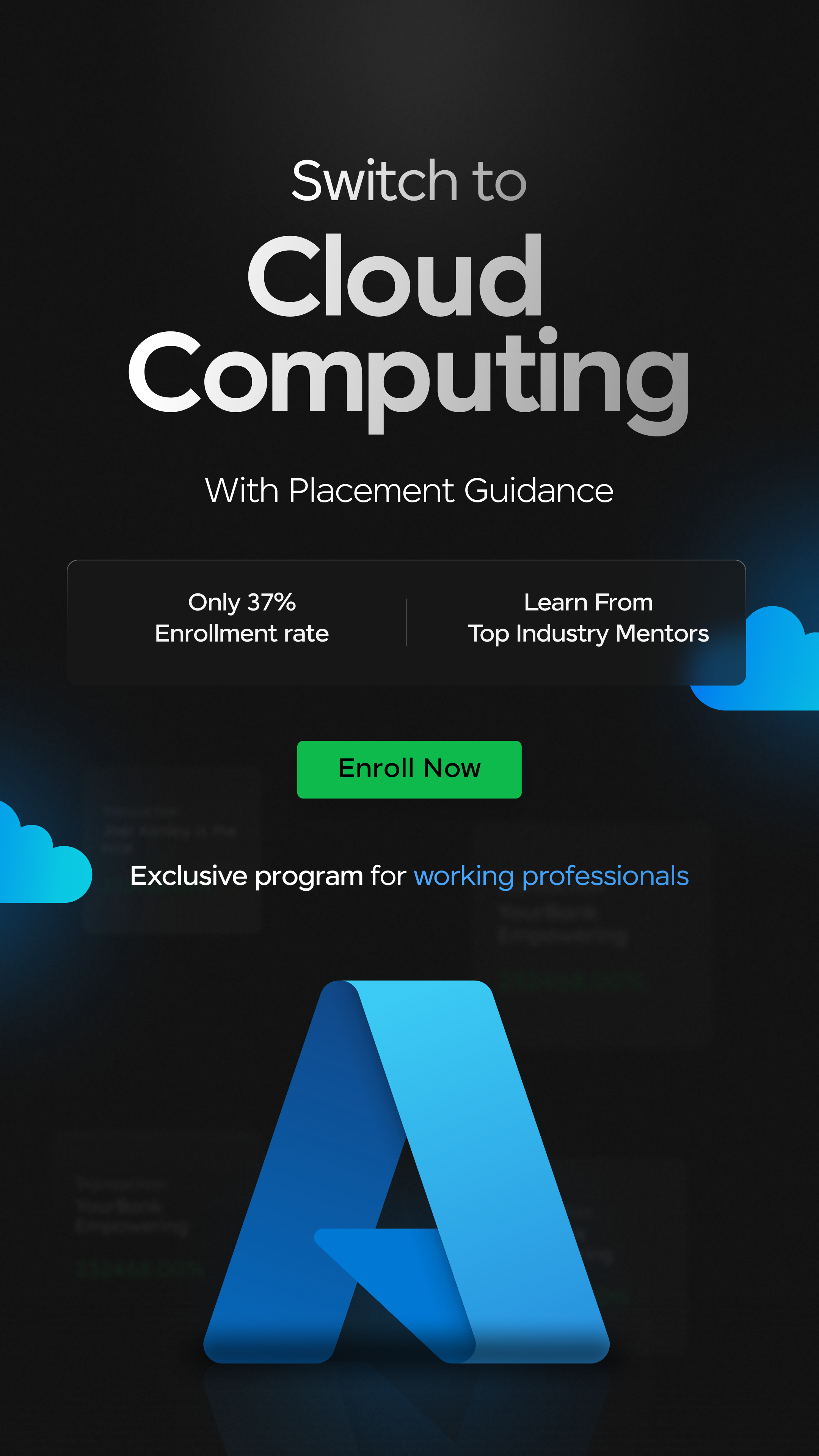


















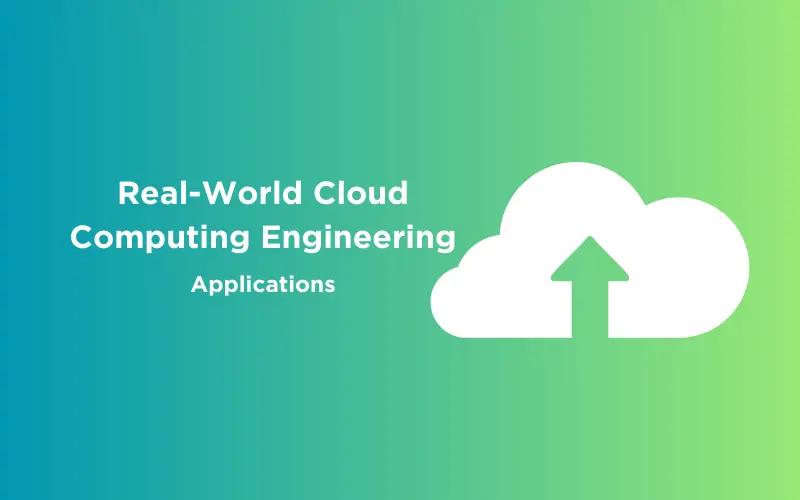
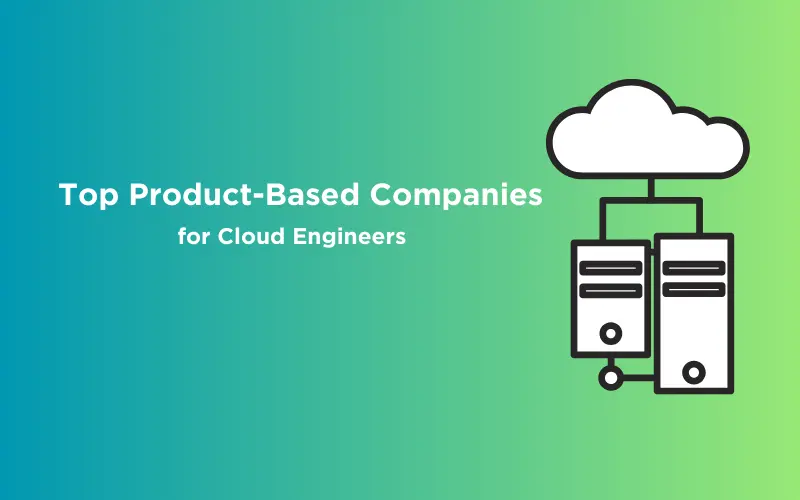
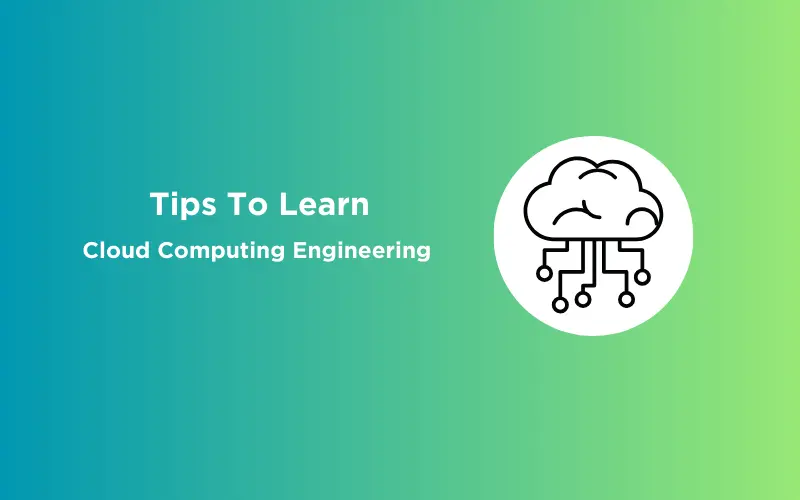
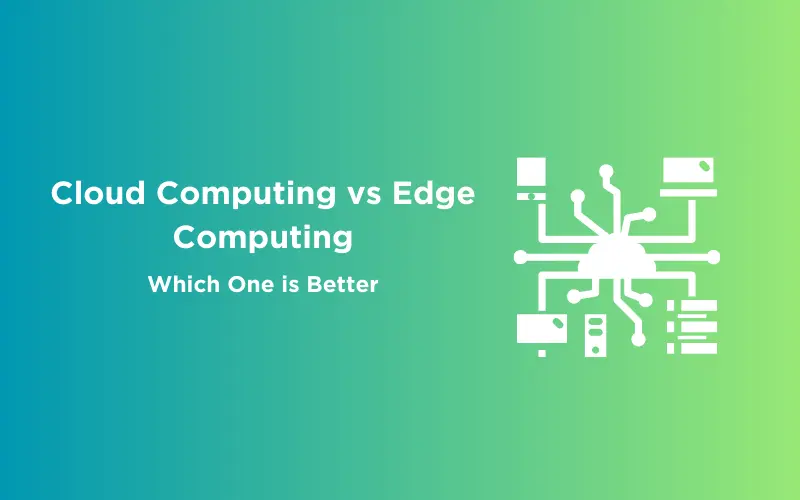
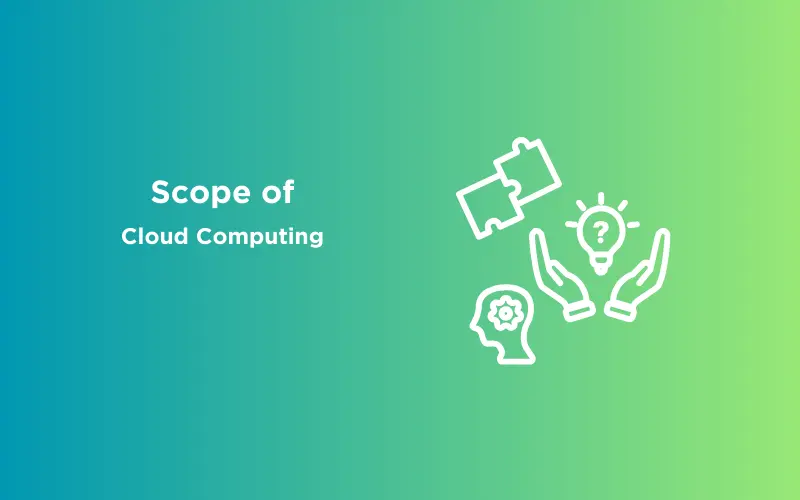
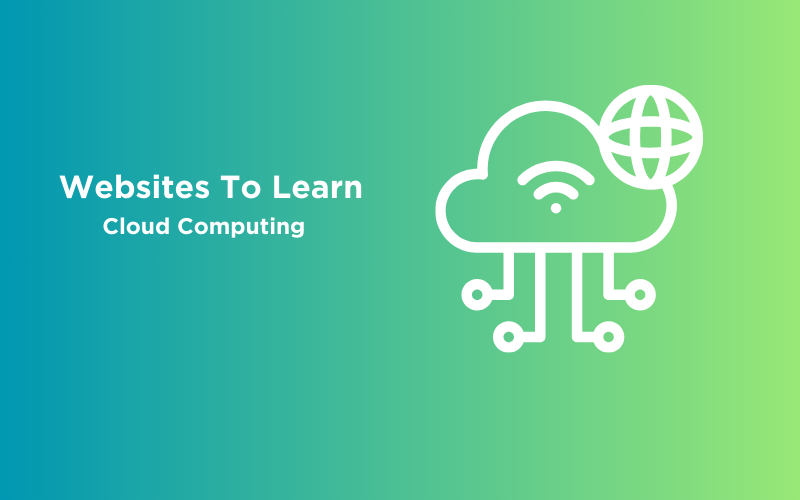
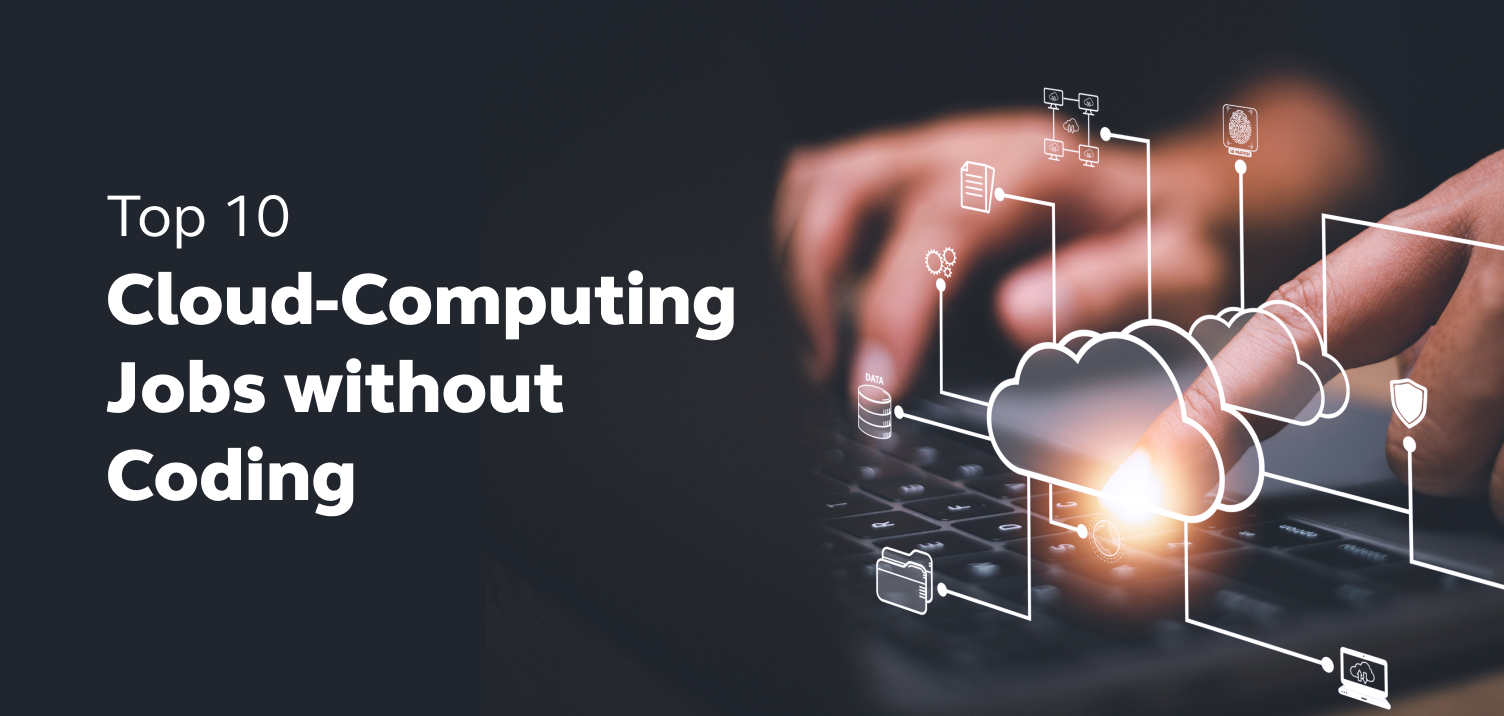
![Roles and Responsibilities of a Cloud Engineer [2024] 14 Feature image - Roles and Responsibilities of a Cloud Engineer](https://www.guvi.in/blog/wp-content/uploads/2023/10/Feature-image-Roles-and-Responsibilities-of-a-Cloud-Engineer.webp)
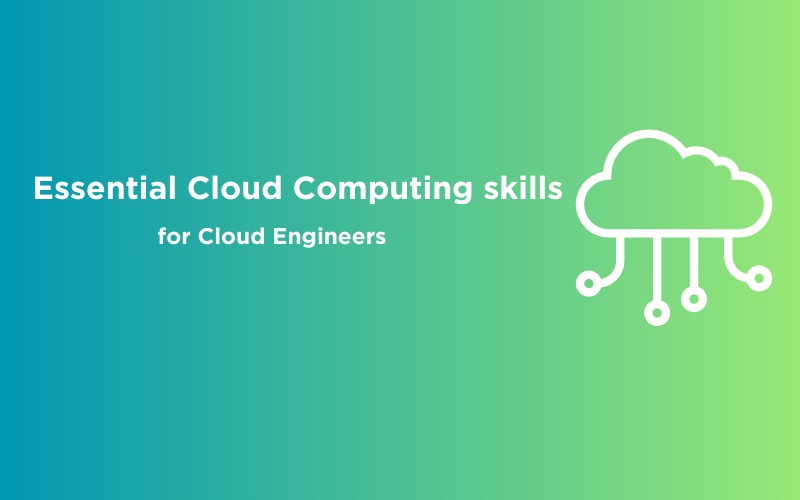
Did you enjoy this article?